
Basis for the approval was the SENZA-PDN randomized controlled trial, which showed the system’s ability to substantially sustain pain relief and improve health-related quality of life.

Basis for the approval was the SENZA-PDN randomized controlled trial, which showed the system’s ability to substantially sustain pain relief and improve health-related quality of life.

In Alzheimer disease and dementia, Jessica Zwerling, MD, MS, director, Montefiore Hudson Valley Center of Excellence for Alzheimer’s Disease, believes normalizing trial recruitment aids and telehealth to increase participation is another way to ease delivery of care.

While rituximab treatment puts patients at a higher risk for infectious disease in general, use of such treatment poses particular risk for severe COVID-19 infections in patients with MS.

Treatment retention with cenobamate ranged from 73% of patients at 1 year to 59% of patients at 6 years.

The associate professor of neurology at Mayo Clinic Rochester discusses technological advancements and research efforts in relation to differential multiple sclerosis.

The majority of tests with the tool correlated with Expanded Disability Status Scale scores, 29-item Multiple Sclerosis Impact Scale items or subscales scores, and/or normalized brain volume measures.

The associate professor of neurology at Mayo Clinic Rochester, commented on biomarkers for identifying MS in patients, as well as the significance of new MS consensus guidelines.

Data suggest a link between different disease-modifying strategies and the occurrence of depression when treating patients with MS.
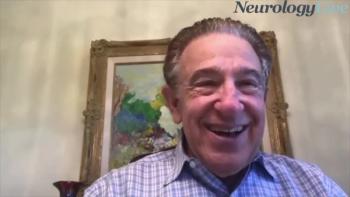
The neurologist from Banner Health and chief medical officer of the MS Association of America discussed the ongoing debate of when to administer high efficacy treatments throughout the MS disease progression.

The duo from Cleveland Clinic stressed the reasons for conducting real-world data assessing migraine treatments and why it can lead to the ultimate goal of treatment optimization.

The data also indicated that ticagrelor plus aspirin treatment prevents disabling stroke in the subgroups of patients presenting with minor and with moderate stroke.
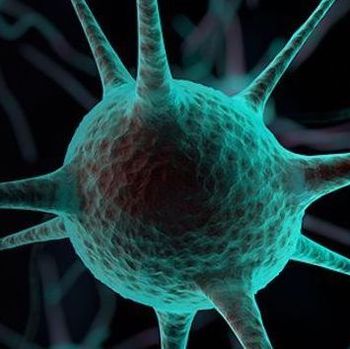
The development of agents for MS to address the treatment needs of patients with progressive and relapsing disease has been an ongoing effort that has brought forth a few new potential disease-modifying therapies.

The associate professor of neurology at Mayo Clinic Rochester discusses the importance of alternative diagnoses and rarer presentations of MS, in order to avoid misdiagnoses and inappropriate treatment for patients.

The study data suggest that intervention strategies to improve antimicrobial and burdensome intervention for suspected LRIs and UTIs are ineffective.

The chief medical officer of Scholar Rock discussed the greatest areas of concern for patients with SMA and why most of these issues exist in the diagnostic stage.

Instead of a smooth-contoured, thin, and regular ring or arc typically seen, pattern 3 patients had atypical rings such as irregularly thick rings and arcs.

Raman Malhotra, MD, associate professor of neurology, Washington University in St. Louis, and president, AASM, discussed the initiative to increase awareness of healthy sleep.

Challenges surrounding the use of telehealth for patients with Alzheimer disease are affected by technological barriers, according to the associate director of the Montefiore Hudson Valley Center of Excellence for Alzheimer’s Disease

The effect observed in on ALSFRS-R at week 48 and progression-free survival further support the premise of greater treatment effect when masitinib is initiated earlier in the disease.

The collaborative newly published statement stressed the need to address gaps in care that may lead to high risk of stroke recurrence.

The director of the Montefiore Hudson Valley Center of Excellence for Alzheimer’s Disease discusses the use of telehealth for patients with Alzheimer disease during the COVID-19 pandemic, as well as her thoughts on why it is here to stay.

Here's what is coming soon to NeurologyLive.

Jessica Zwerling, MD, associate director, Center for the Aging Brain, Montefiore Medical Center, discussed the impact that telemedicine has had in Alzheimer and dementia care.
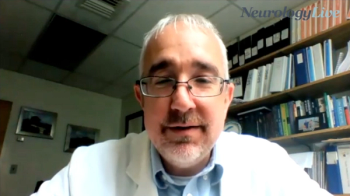
Following the development and publication of consensus guidelines for the use of MRI in MS, Scott D. Newsome, DO, discusses next steps in adopting and implementing protocols to improve patient care.

Orelabrutinib has the potential to inhibit B cell and myeloid cell effector functions in the central nervous system and may provide a clinically meaningful benefit on progression in all forms of MS.

The neurologist from Cleveland Clinic discussed the importance of studying real-world outcomes in patients with migraine using CGRPs such as eptinezumab.

Use of prescription preventive medication was reported by less than 10% of participants throughout 3 years of follow-up after the completion of the CHAMP trial.
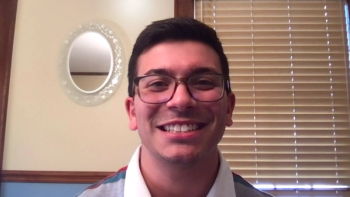
Neurology News Network for the week ending July 17, 2021.

Take 5 minutes to catch up on NeurologyLive's highlights from the week ending July 15, 2021.
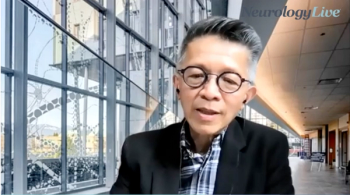
In discussion regarding the new MRI consensus guidelines for patients with MS, Scott D. Newsome, DO, and David Li, MD, FRCPC, discuss key points for their peers and colleagues.